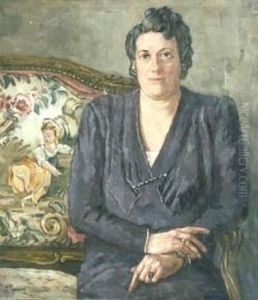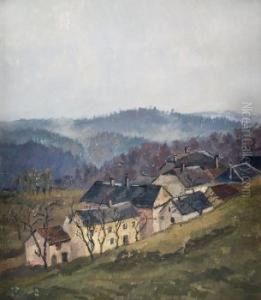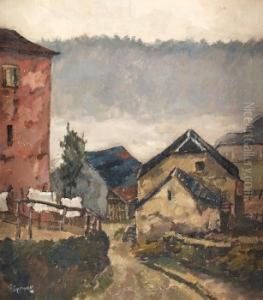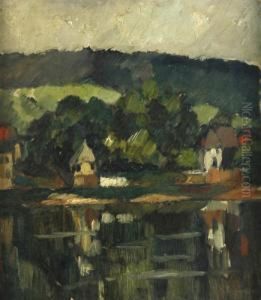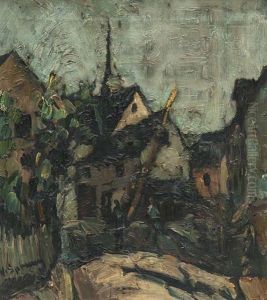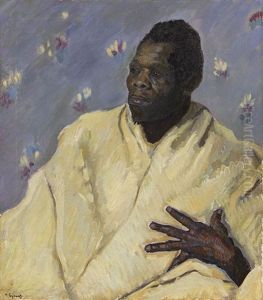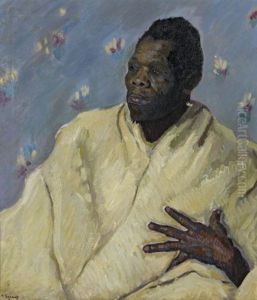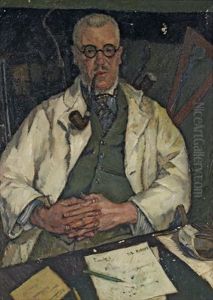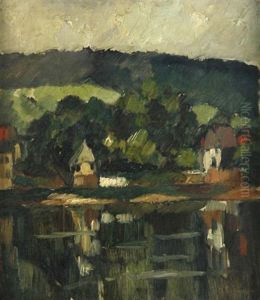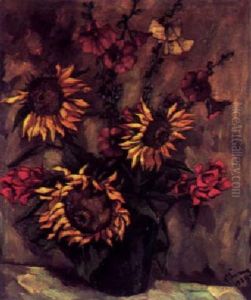Hanns Sprung Paintings
Hanns Sprung was a German artist and sculptor, born in 1886. His work was primarily influenced by the movements and tumultuous changes in art that characterized the early 20th century in Europe. Sprung's contributions to art, though perhaps not as widely recognized as some of his contemporaries, reflect a unique blend of traditional craftsmanship and emerging modernist tendencies. He navigated through an era marked by the advent of Expressionism, Dadaism, and the early inklings of Abstract art, embedding his work with a sense of exploration and innovation.
Sprung's artistic journey began in an environment rich with the burgeoning ideas of modernism, yet he remained deeply rooted in the classical traditions of sculpture. This duality is evident in his creations, which often juxtaposed traditional themes with avant-garde techniques. His sculptures, often cast in bronze or carved from stone, exhibit a profound understanding of human anatomy, alongside a willingness to distort and abstract forms for emotional or expressive effect.
Throughout his career, Hanns Sprung was actively involved in the artistic community, participating in exhibitions and engaging with the artistic movements of his time. However, his career was cut tragically short when he died in 1934, at the age of 48. Despite his relatively brief career, Sprung's work has continued to garner interest and respect among art historians and collectors, who appreciate his contributions to the development of modern sculpture.
Sprung's legacy is one of balance—between the old and the new, the representational and the abstract. His work serves as a reminder of the perpetual evolution of art, and of the individual artist's potential to both embrace and challenge the norms of their time. Today, Hanns Sprung is remembered as a figure who encapsulated the spirit of his era, embodying the tensions and innovations that defined early 20th-century European art.
